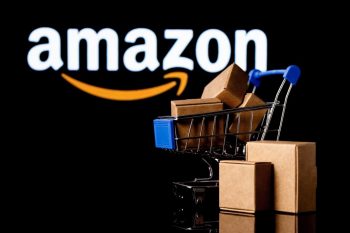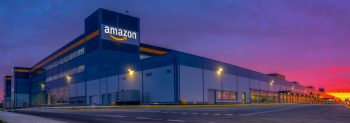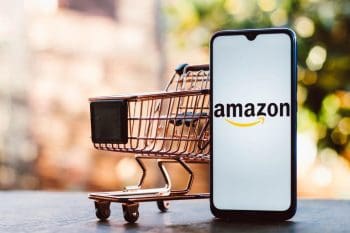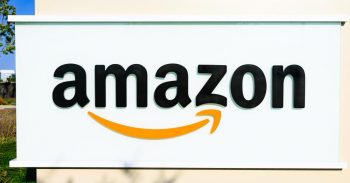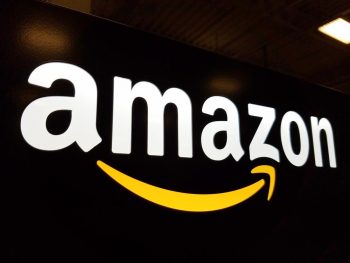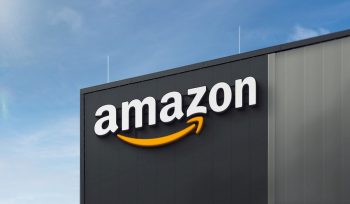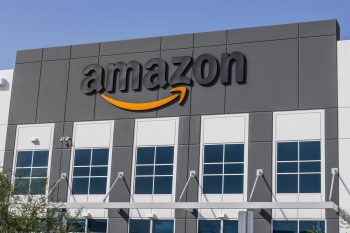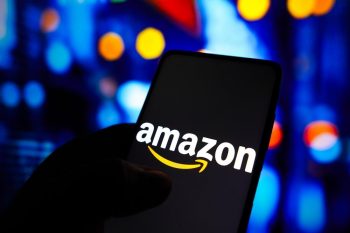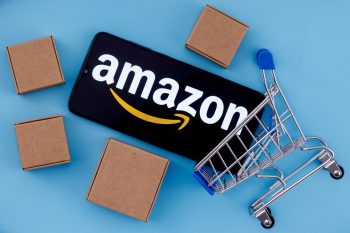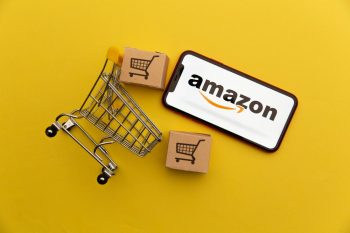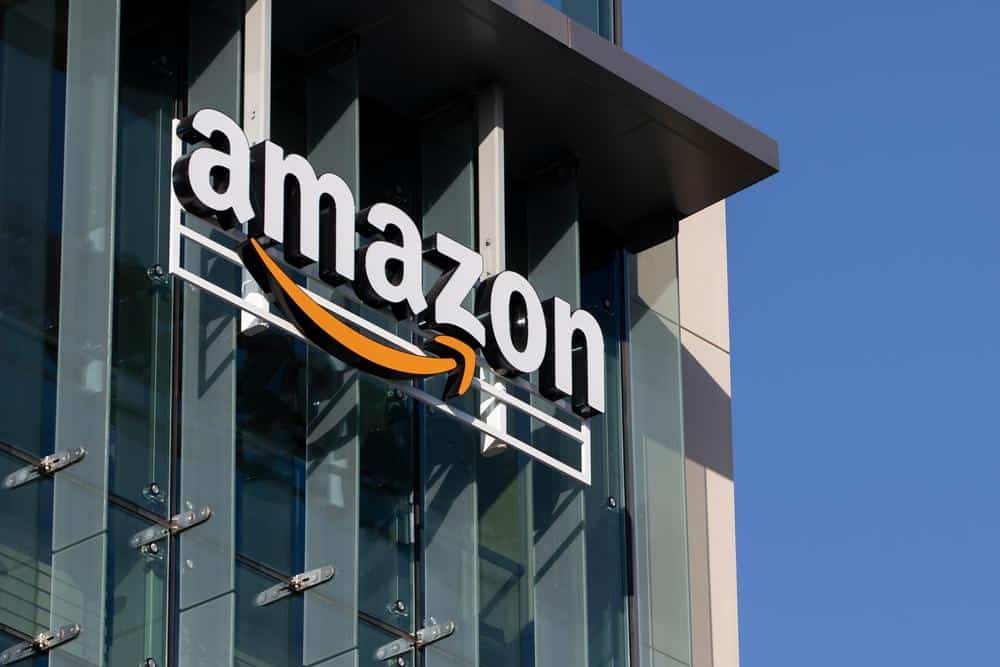
The success rate of Amazon FBA (Fulfillment by Amazon) varies greatly among sellers and is influenced by a multitude of factors. From product selection and marketing strategies to inventory management and customer service, running a successful Amazon FBA business requires careful planning and continuous effort.
The success rate of Amazon FBA varies greatly among sellers, with 46% achieving an average success rate of 11-25% and 64% becoming profitable within their first year. Factors influencing success include product selection, pricing strategy, inventory management, customer service, and advertising. With the right strategies and continuous effort, sellers can potentially achieve significant success through Amazon FBA.
Understanding Amazon FBA
Amazon FBA is a service provided by Amazon that allows businesses to store their products in Amazon’s fulfillment centers. Amazon takes care of storage, packaging, shipping, customer service, and returns, allowing sellers to focus on other aspects of their business such as product sourcing and listing optimization.
This service has gained popularity among sellers due to its ability to provide access to Amazon’s vast customer base and advanced fulfillment network, making it easier for businesses to scale and reach more customers.
Amazon FBA Success Rate: The Statistics
According to available data, 46% of Amazon sellers achieve an average Amazon FBA success rate of 11-25%. Additionally, 64% of Amazon sellers become profitable within the first year of operation, with 25% of sellers making a monthly profit of $1,250 to $6,250.
On the higher end of the scale, 20% of Amazon FBA sellers maintain a business that will produce at least $100,000 in profits throughout their FBA career.
However, it’s important to note that these figures can fluctuate based on a variety of factors, including the seller’s initial investment, operational expenses, product category, and marketing efforts.
Factors Influencing Amazon FBA Success
The success rate of Amazon FBA sellers is influenced by various factors:
- Product Selection: Choosing the right products to sell is crucial. This involves conducting market research to identify products with high demand and low competition.
- Pricing Strategy: Pricing products competitively can help sellers win the Buy Box, leading to increased visibility and sales.
- Inventory Management: Efficient inventory management can prevent stockouts and excessive storage fees, ensuring a smooth supply chain and customer satisfaction.
- Customer Service: Providing excellent customer service can improve seller ratings, leading to better visibility and increased sales.
- Advertising and Marketing: Effective advertising campaigns can increase product visibility and drive sales.
- Account Health: Maintaining a healthy Amazon account, with low order defect rates and high performance metrics, can contribute to overall success.
Strategies for Success
To increase their success rate on Amazon FBA, sellers can employ several strategies:
- Optimize Product Listings: This involves creating compelling titles, descriptions, and images that accurately represent the products and include relevant keywords to improve search visibility.
- Use Amazon Advertising: Amazon’s advertising options can boost a product’s visibility and reach a wider audience.
- Maintain Competitive Pricing: Using repricing tools can help sellers adjust their product prices dynamically and stay competitive.
- Collect and Manage Customer Reviews: Encouraging customers to leave reviews and promptly addressing any negative feedback can improve a product’s reputation and increase sales.
- Optimize Inventory Management: Keeping track of inventory levels can prevent stockouts and ensure customer demand is met.
Real-Life Success Stories
Several sellers have found success with Amazon FBA:
- TRTL, a UK-based company selling travel pillows, was able to expand their business across Europe through Amazon.
- iQualTech, a UK-based company selling electronic accessories, reached new customers through Amazon.
- Herbs & Crops Overseas, an Ahmedabad-based company, saw a significant increase in sales on Amazon.com during major sales periods like Black Friday and Cyber Monday.
In conclusion, while the success rate of Amazon FBA varies, it provides a viable platform for businesses to reach a global audience and scale their operations. With the right strategies and continuous effort, sellers can find success and grow their business through Amazon FBA.
Frequently Asked Questions
What is the Amazon Buy Box?
The Amazon Buy Box is the box on a product detail page where customers can begin the purchasing process. For a seller to win the Buy Box, they must have a high level of performance and low price, among other factors.
What is a repricing tool?
A repricing tool is a software that automatically adjusts your product prices on Amazon based on your predefined rules and the competitive landscape. This helps sellers stay competitive and increase the chances of winning the Buy Box.
What is Amazon’s advertising service?
Amazon Advertising is a service that allows sellers to create advertisement campaigns to promote their products on Amazon’s platform. This can help increase product visibility and reach more customers.
What are the operational expenses involved in Amazon FBA?
Operational expenses for an Amazon FBA business can include costs for sourcing products, shipping to Amazon’s fulfillment centers, storage fees, FBA fees, advertising, and any software or tools used for business operations.
How can I improve my Amazon seller ratings?
Improving Amazon seller ratings can be achieved by providing high-quality products, excellent customer service, prompt resolution of any issues, and ensuring accurate product listings. Positive customer reviews can significantly improve seller ratings.
How can I conduct market research for product selection?
Market research for product selection can be conducted using various tools that provide data on sales trends, competition, pricing, and customer reviews. This can help identify high-demand, low-competition products to sell on Amazon.

